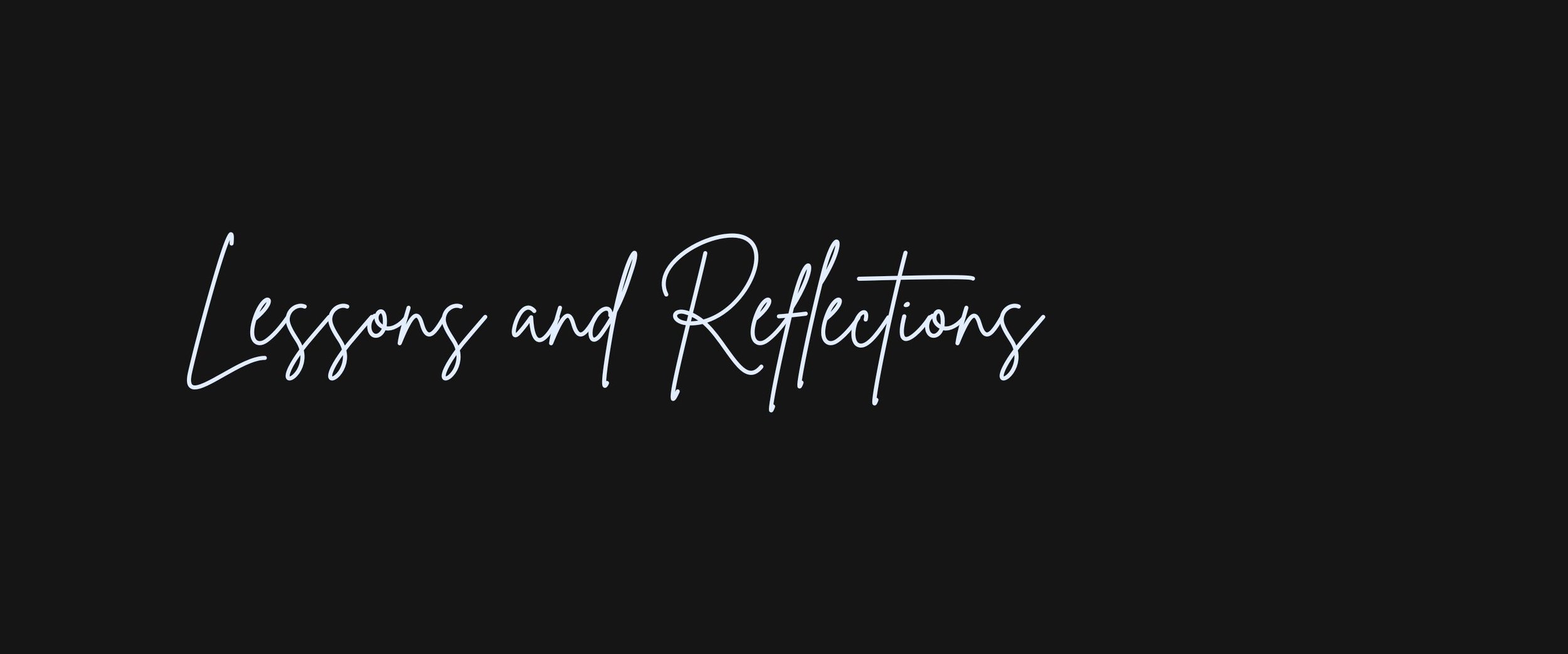
This was my first project as an instructional designer, and I chose to use ADDIE as my framework. I moved through each phase methodically, but as the project progressed, I started to see how a few early decisions could have saved significant time and effort down the line, especially during implementation and evaluation.
One major takeaway was the importance of addressing accessibility and user experience from the very beginning. Planning for these factors up front makes the process smoother and avoids having to retrofit solutions later. For example, knowing that certain interactions (like drag-and-drops) aren’t easily made keyboard accessible has changed how I approach activity design from the outset. I now think in terms of multiple pathways to the same objective, so no one is excluded.
This experience also deepened my understanding of how assessment planning shapes everything else. It’s not enough to write objectives; I now map out how those objectives will be measured at the same time. That helps ensure alignment between goals, content, and activities while keeping the course focused and effective.
Working through ADDIE taught me that design isn’t as linear as it looks on paper. Accessibility, user experience, and evaluation don’t belong at the end—they need to be woven throughout. Moving forward, I’ll continue using strategies that center inclusion and usability from the start, building on the tools and practices I developed during this project.
Reflecting on this experience, my biggest lessons were to set clear priorities early, think holistically about design decisions, and stay proactive about inclusion and outcomes every step of the way.